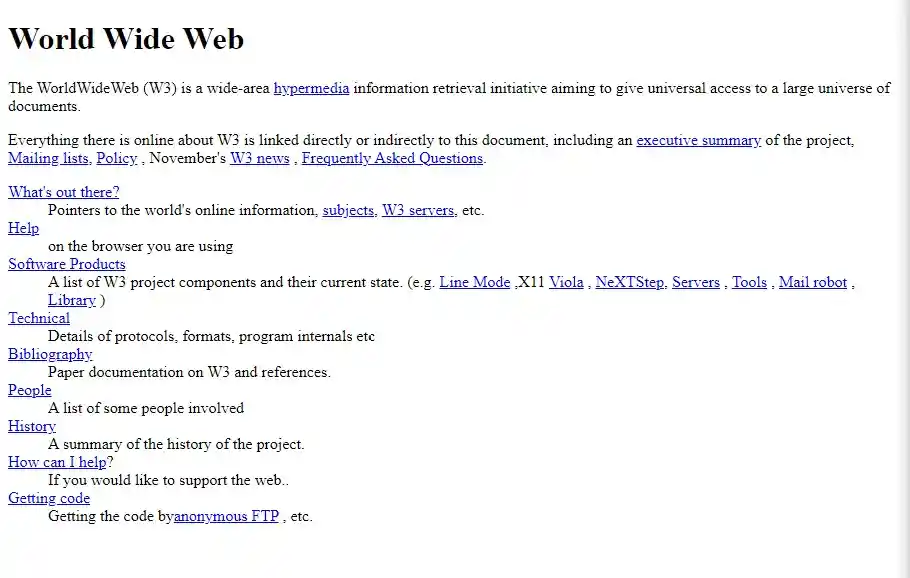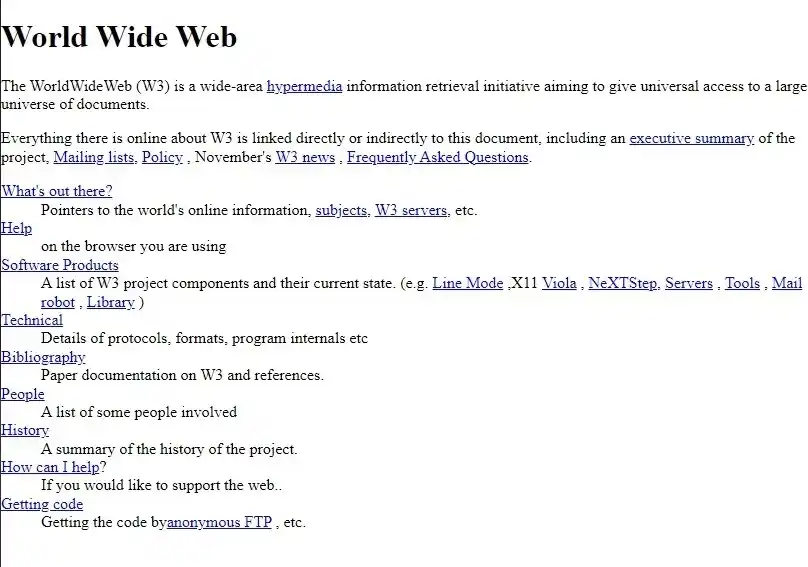Table of Contents
What is a CSS Reset?
There‘s a distinct pleasure in starting with a clean slate when creating a new website. Having a CSS reset ensures a level playing ground, eliminating the inconsistencies that occur due to default browser styles. With a CSS reset, I can comfortably predict how elements render across different browsers – something I’ve personally discovered is indispensable for professional web development.
In one of my notable projects, I was tasked with creating a website that needed to be pixel-perfect across all browsers. It wasn't long before I realized the discrepancies in default browser styles were a significant hurdle.
This revelation introduced me to the world of CSS reset. A CSS Reset file essentially neutralizes the default styles applied by browsers. I liken it to a canvas cleansed of prior markings, ready for the artist to imprint their masterpiece. Every element - from the humble paragraph to the mighty div - is stripped of its default style, offering a uniform, clean base for the onward creative journey.
CSS Reset Examples
The CSS Reset is not the only way to create a baseline like this, and it can also be done using a Normalize file. A Normalize file will change rules to match the browser whose rule is the least flexible, which is different from the CSS Reset file approach.
Let’s look at code examples from each file type to see the differences.
The above code is a snippet from a Normalize file; notice the properties get set to a specific value. The CSS Reset equivalent to this would look like the following code.
This code would be the CSS Reset version of the above Normalize code, which corrects the font size and margin values for h1 tags. This code is not actually from a Reset CSS file but simply represents how a Reset would handle things differently.
With all of that said, let’s look at what a simple Reset file snippet can look like in some cases.
Why Use a CSS Reset?
A CSS Reset file does things differently, trying to remove any browser default styles for consistency. This approach doesn’t sound like much of a difference, but the fact is that both methods have very different results.
Let’s look at each example and then discuss the results based on the first-ever web page.

The above is an example of the first website ever created, and it uses basic HTML and no CSS. As a result, it is a simple representation; the styles applied are based on browser defaults and are not consistent between browsers.
The Reset file removes any browser defaults, and you can see the difference this makes in the image below.

The code for a Normalize file aims to bring defaults across browsers to an even playing field. 
Many developers prefer a reset file as it allows the design to be approached with no presets to consider. Some developers feel that using either type of file is overly repetitive and goes against DRY development practices.
Getting Started Using a CSS Reset File
The choice to use one and which one to use is a personal preference, and there is a lot of debate regarding their use. There are many different opinions and views on the experiences developers have had using them. Moving forward with using a Reset CSS file, you should research the different kinds of Reset files and their advice, tips, and experiences.
You should also try out different Reset files and learn from using them in small projects to find out how you feel about how they work. Discovering your comfort zone will help you identify the best way to approach setting up your project.
Editor's note: This post was originally published in July 2022 and has been updated for comprehensiveness.




![How to Create Scrolling Text With CSS [+ Code Examples]](https://53.fs1.hubspotusercontent-na1.net/hubfs/53/Google%20Drive%20Integration/scrolling%20text%20css.jpeg)





